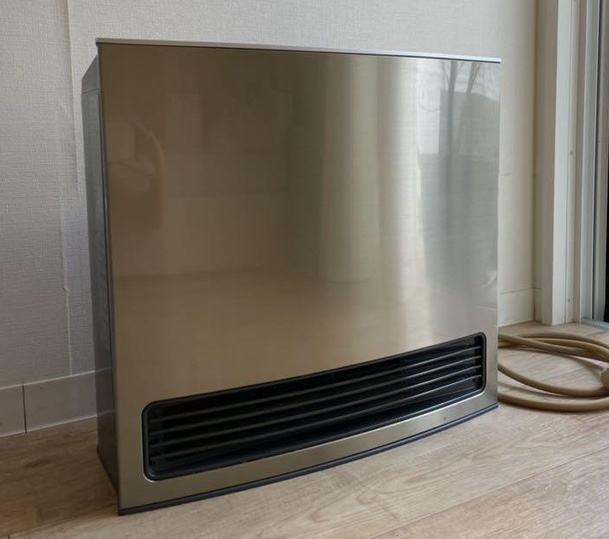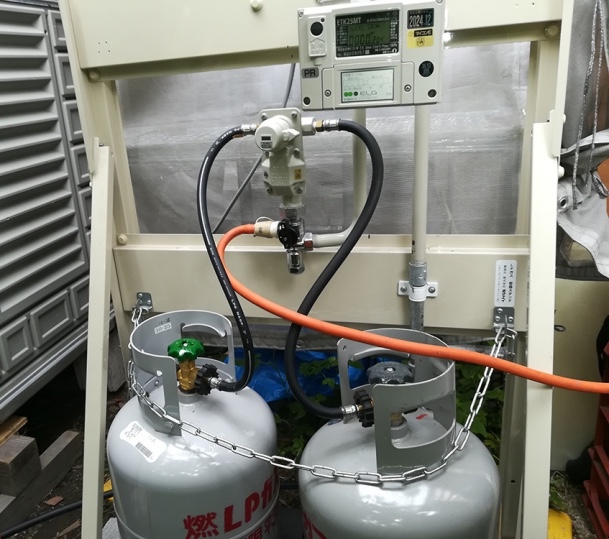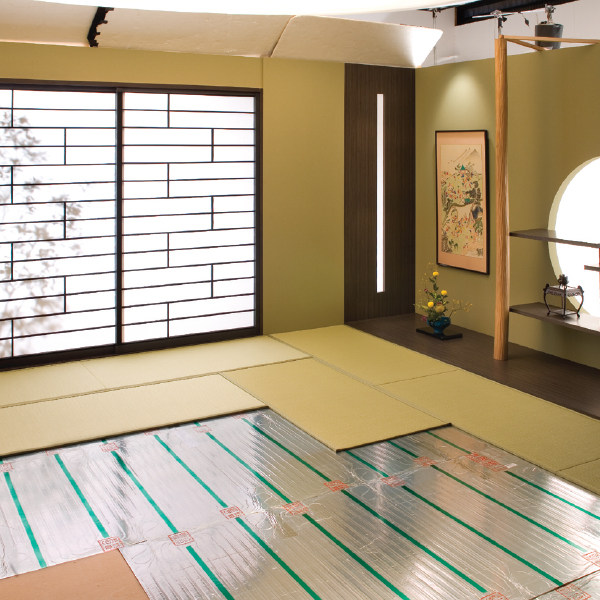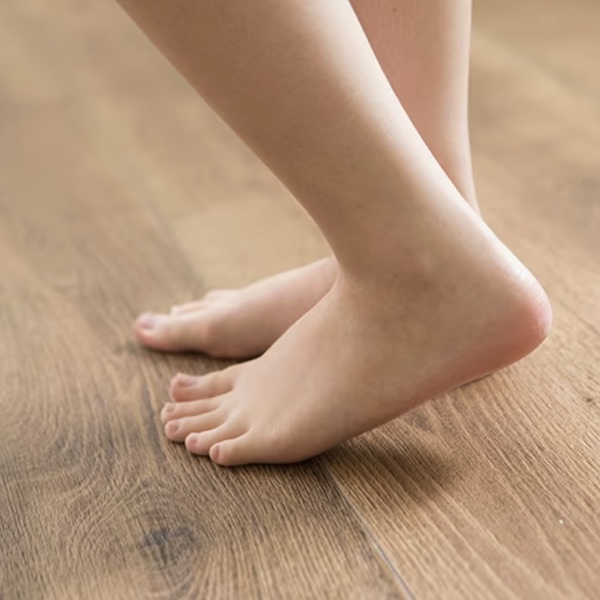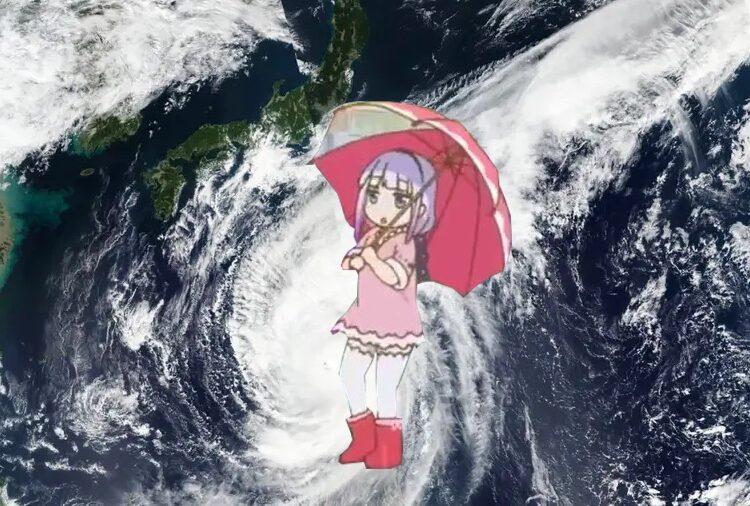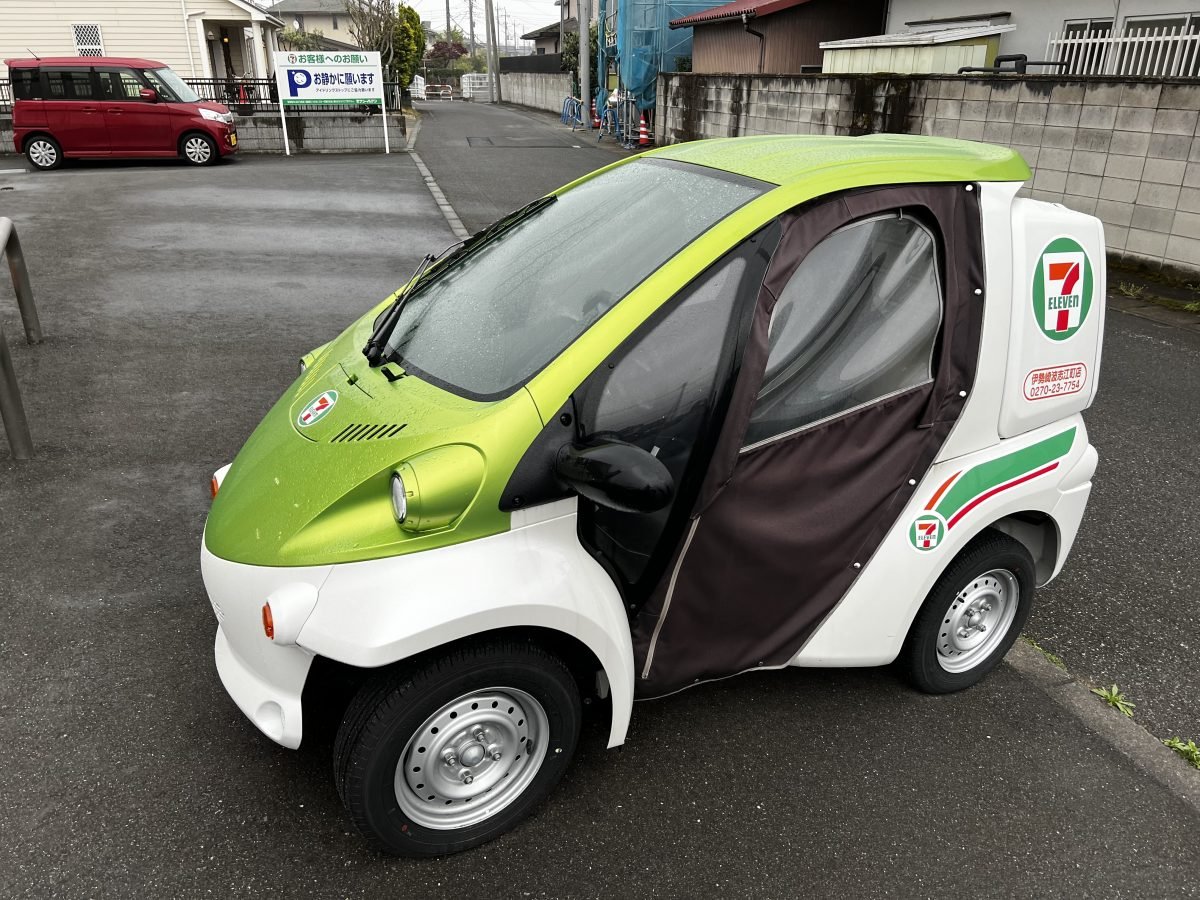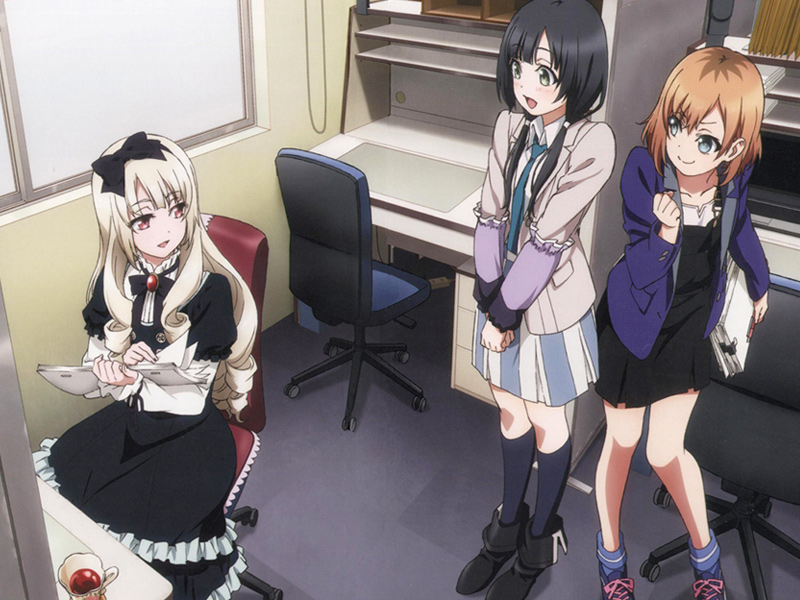Winter is coming, and given all the challenges of 2022 — ongoing supply issues as the world recovers from COVID-19, lockdowns in China, and Russia’s invasion of Ukraine and halting of natural gas deliveries — it’s going to be a difficult one for a lot of people, especially our friends in Europe. The Japanese have some good ideas about how to heat a home economically in the winter, and in this post, we’ll discuss home heating in Japan, and go over the benefits of each!

My First Winter in Japan
Being from sunny San Diego, I knew I would struggle to keep warm in my new home of Japan. Arriving in October, things started to get cold fast. I quickly embraced the amazing long underwear sold in Japan, and now don’t take mine off until April. I also learned that the “air-con” on the wall was not just an air conditioner to cool the house in summer but had a heating function…though it was the most expensive option and often caused the electric breakers to fail. In the end, I did what most people do, getting a single-room kerosene heater called a “stove,” which is quite cheap but comes with some drawbacks… including spilling kerosene all over your shoes. But we’ll come to that.
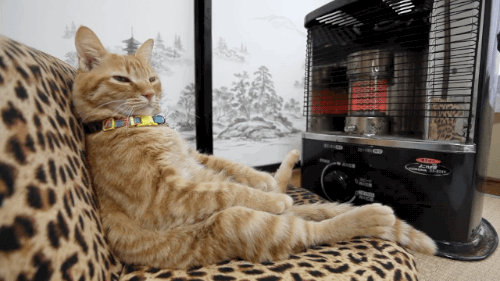
Heating the current room you’re using with a kerosene heater is probably a lot more economical than how they do things in the U.S., using electric or gas-based central heating to blow warm air into every room, which is expensive in the best of times and positively ridiculous in a situation like the current one. The best advice Japan can offer anyone in countries impacted by the energy situation this winter is that heating only the room you’re using is better than wasting energy heating the entire house. (In keeping with local laws and so on, of course.)
Heating in Japan! How the Japanese Heat their Homes Economically
Let’s look at the methods Japanese people heat their homes with, and see if there are any ideas for you this winter, or in coming winters!
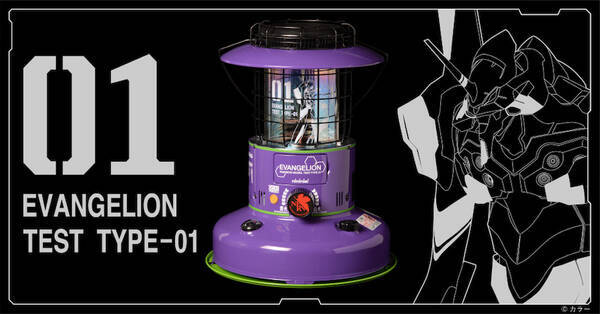
Single-Room Kerosene “Stoves”
The “go-to” method for heating in Japan, these “stoves” have a removable tank for refilling with kerosene every few days. Beloved by cats and frugal Japanese families, they can nevertheless be dangerous, especially when used by the elderly, due to the fire risk. I’ve witnessed fires in homes around J-List no less than five times since I’ve lived here.
Benefits: Cheap to buy ($50-100). Kerosene heating is economical. The top of the heater is very hot, and you can put on a kettle for tea and add humidity to the room through steam.
Drawbacks: No automatic warning to ventilate rooms. Having to refill the tank at 2 a.m. and smell the kerosene smell is not fun. Possible fire hazard.
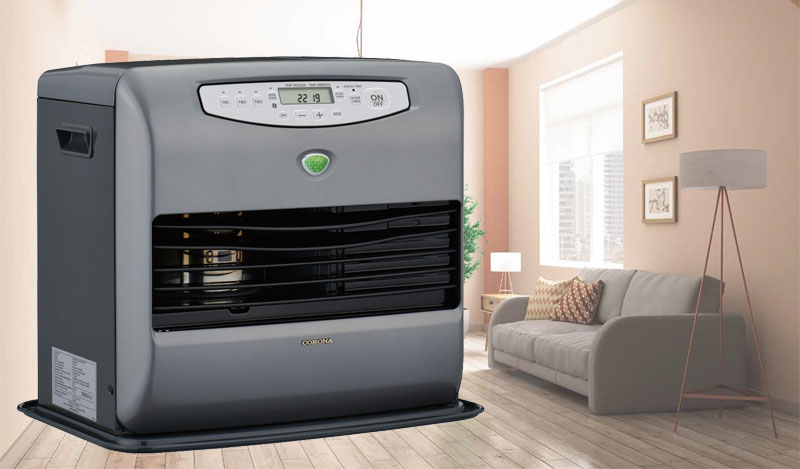
Kerosene “Fan Heaters”
A safer version of kerosene stoves, you plug these into the wall and fill the internal tank with kerosene. Electricity enables features like a thermostat and a reminder to open a window and ventilate the room every three hours.
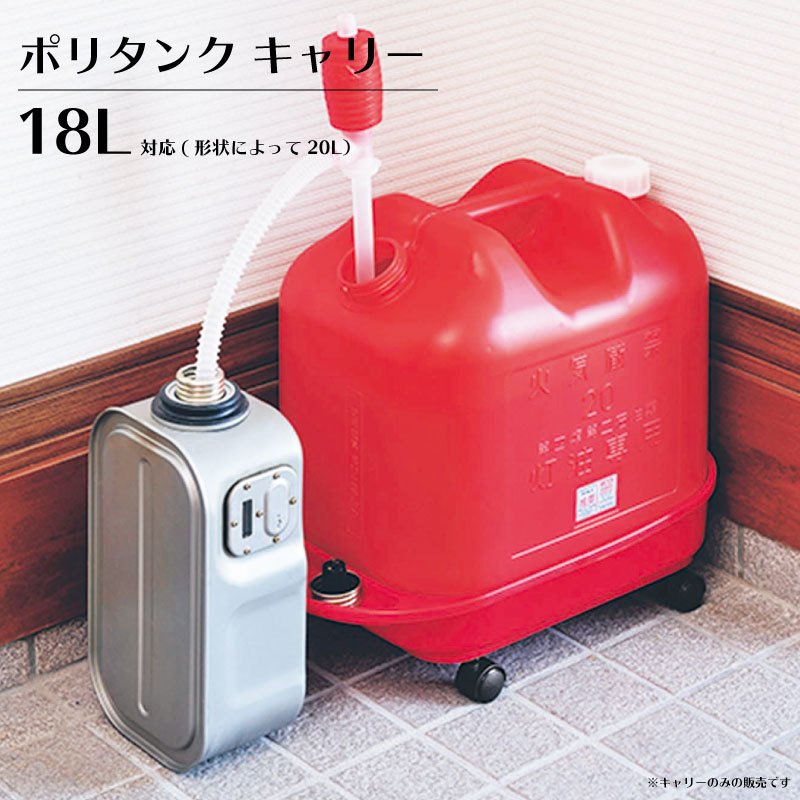
Here’s what kerosene tanks in Japan look like. You generally store them in your genkan, the recessed area where you remove your shoes by the front door. In November I have to fill up about 8 of these tanks to get our family through the winter… but that’s about $150 for most of our room-heating costs. Not too bad.
Benefits: Not expensive to buy ($80-150). Getting up every three hours to keep the heater from turning off can be a pain.
Drawbacks: When you walk by and accidentally bump your fan heater, it will shut off (a safety feature), filling the room with fumes. When refilling the tank, you will get stinky kerosene on your fingers and maybe your shoes if you spill it, like I always do. If you transport kerosene tanks in the back seat of your car, you will spill some, and your wife will make you buy a new car.
Propane-Based Gas Heater
My favorite option for heating in Japan since you never have to refill a tank. Homes around Gunma have large propane tanks outside, and every few months the gas company will come by and check the levels, replacing them if needed. In cities like Tokyo, the gas is piped in directly.
Benefits: Instant warmth all winter. No smelly fumes.
Drawbacks: A bit expensive to buy the heater itself ($500). Gas is about 25% more expensive than kerosene.

Kotatsu Heater Tables
If you’ve watched three episodes of anime, you’ll have seen a kotatsu, a low table with an electric heater inside that gets covered with a thick blanket and a heavy tabletop piece. You then stick your legs inside the kotatsu to keep warm while watching TV or playing video games.
(J-List has sold these Kotatsu tables in the past, but we’re currently unable to do so due to the high shipping. Check eBay or Amazon if you’re in the market for one. They are also not that hard to make and you can buy the heaters that go under the table separately.)
Benefits: A cheap way to keep warm, and everyone eating dinner around the kotatsu brings families together.
Drawbacks: Quite hard to buy outside of Japan, especially larger “family” sized tables. If shipping from Japan, shipping will be ridiculously expensive. Farting inside the kotatsu will be embarrassing. Kotatsu use might cause embarrassing situations with non-blood-related family members.
Wall-Mounted Air-Con Units
Because summers are so hot in Japan, almost every room has an “air-con” mounted to the wall. You can also use them to produce warm air, but you might be sorry when your electrical bill comes. (Artist sources 1 2)
Benefits: Good for cooling in the summer.
Drawbacks: The heavy power draw is not economical for heating rooms in the winter.
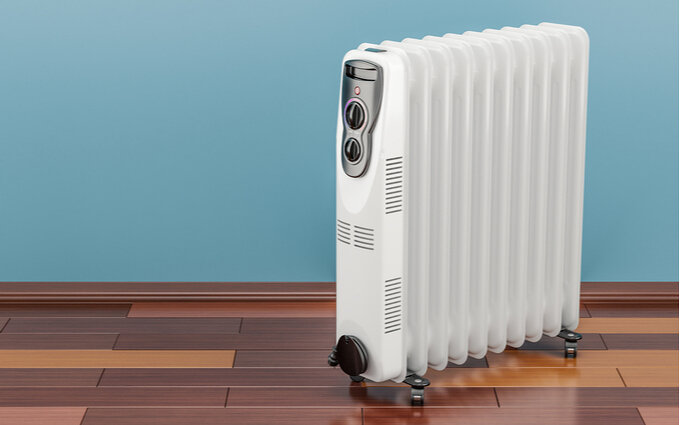
Oil Heaters
Another useful category, oil heaters are radiator-like heaters that slowly heat oil inside the metal fins. I’ve got one under my desk, and another in our bedroom with a timer, allowing me to pre-heat the room before sleep.
Korean-Style In-Floor Heating
Everyone knows that South Korea and Japan don’t always have the most friendly relationship, but in reality, the two countries have always closely shared culture, language and religion. One awesome invention Koreans invented is called ondoru, which heats a space under the floor, allowing winters to be as toasty as you please. Called yuka danbou in Japanese and radiant floor heating in proper English, modern systems heat water and send it through pipes beneath the floor.
Benefits: Enjoy warm floors all winter long.
Drawbacks: You generally need to put this system in while building your house. Sitting on a heated floor can make your poop expand due to the warmth.
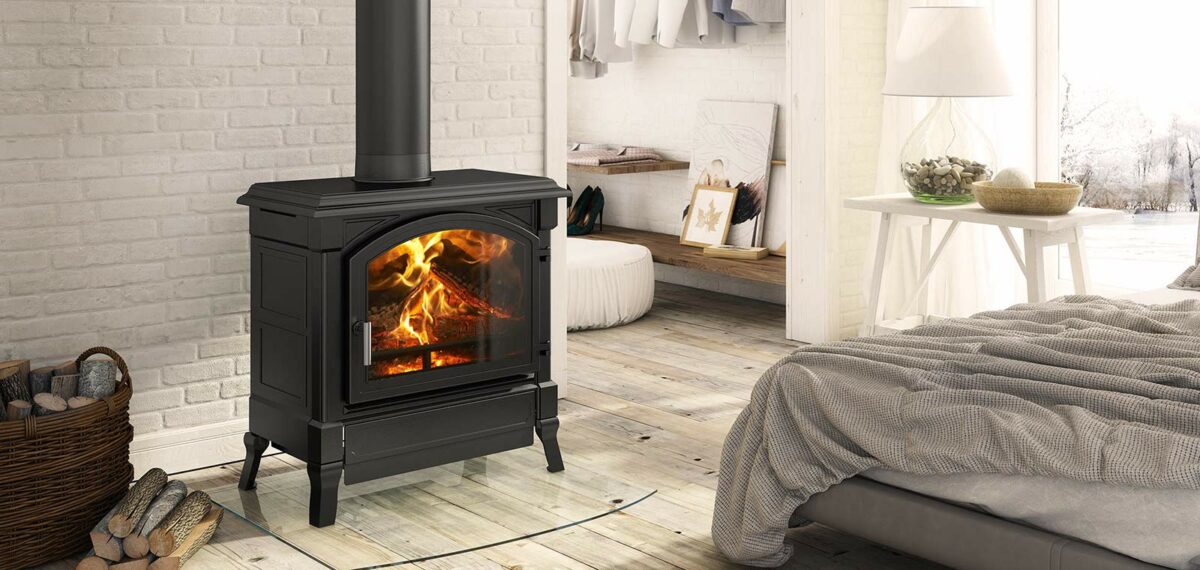 Wood Stoves
Wood Stoves
In rural areas, people will use good old wood stoves for heating in Japan. I have a friend who used to live in rural Nagano, and it was fun going to help him split wood for the winter.

Final Advice about Heating in Japan: Dress Warmly
In addition to amazing Japanese long underwear, everyone in Japan puts on a hanten, a thick and warm kimono for winter, which keeps you toasty all winter. I love mine and can’t wait for it to get cold enough to get a bit cooler so I can get mine out of the closet. While we doubt we can sell these this year, I see some up on eBay.

Bonus Idea: Re-use Bathwater…?
This is one I don’t expect anyone to actually do, but I thought I’d throw it out there. In Japan it’s common for parents to take baths with their kids, which is a great way to enjoy what’s the Japanese call “skinship.” By junior high kids will want to take baths by themselves, after which time the family will generally take turns using the same bathwater, with the father usually going last because no one wants to take a bath after stinky old Dad. So now you know where the “Futaba broth bathwater” memes you see come from.
Thanks for reading this post about heating in Japan and how the Japanese heat their homes in an economical way each winter. Got any questions or topics you’d like us to write about? Post them below, or reply to us on Twitter!
J-List can only accept Paypal payments right now due to a technical issue. But we’re thanking everyone for their warm support during this time with a $10 coupon you can use for anything. Browse new products here, top-selling “wholesome” products, or our best “naughty” items here!


